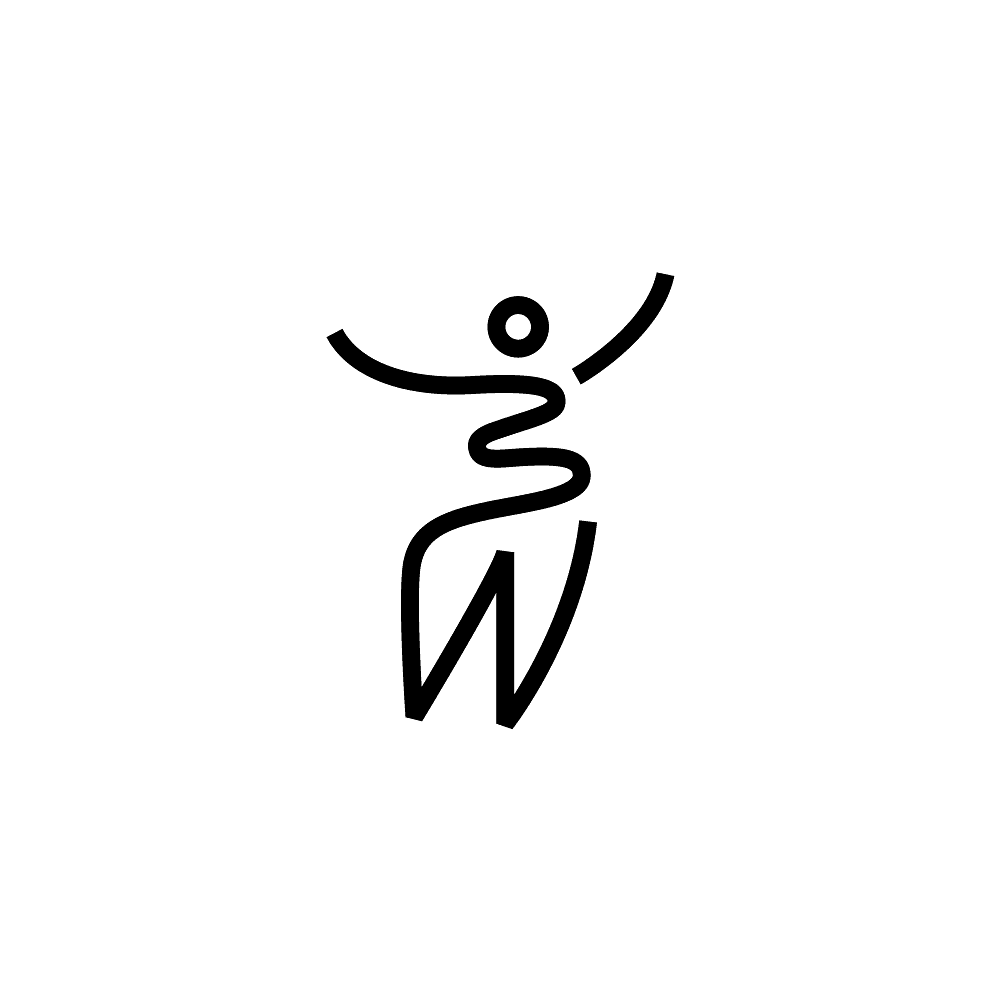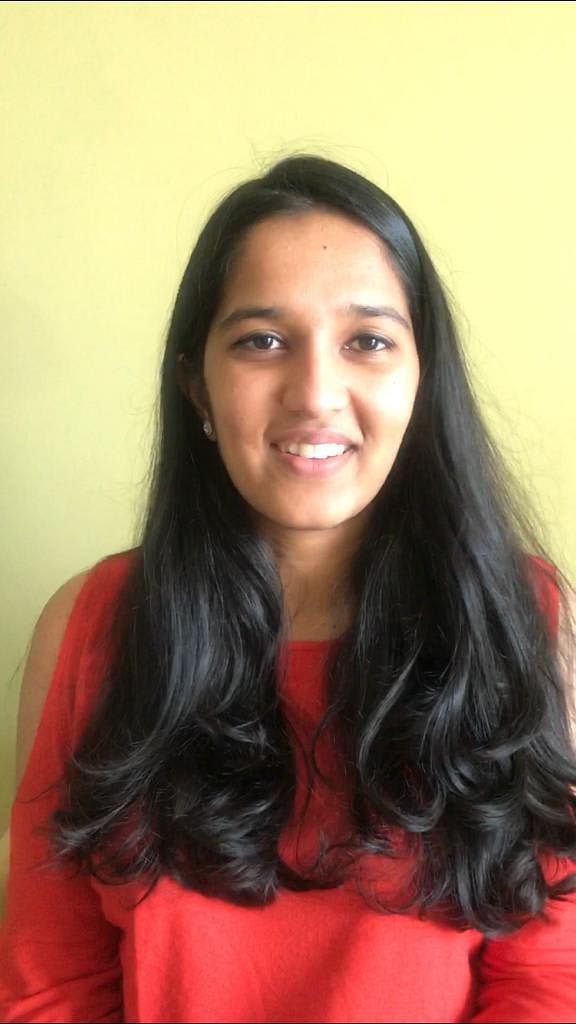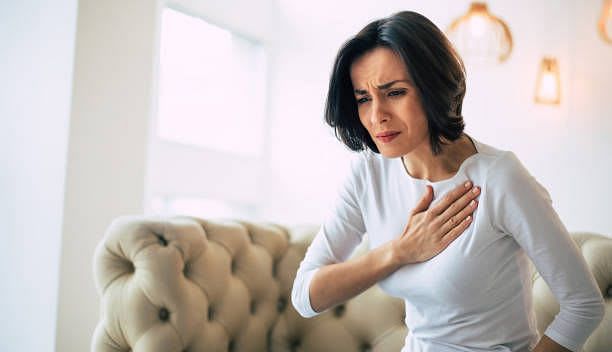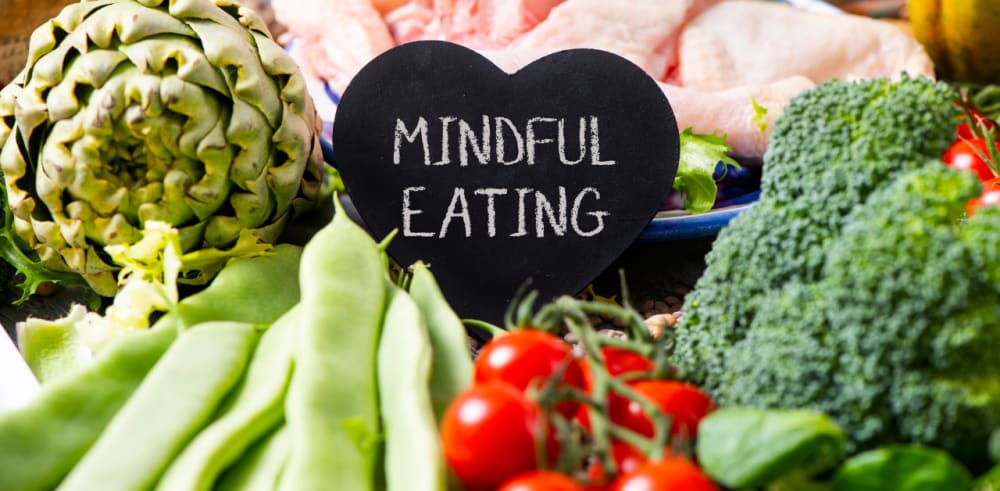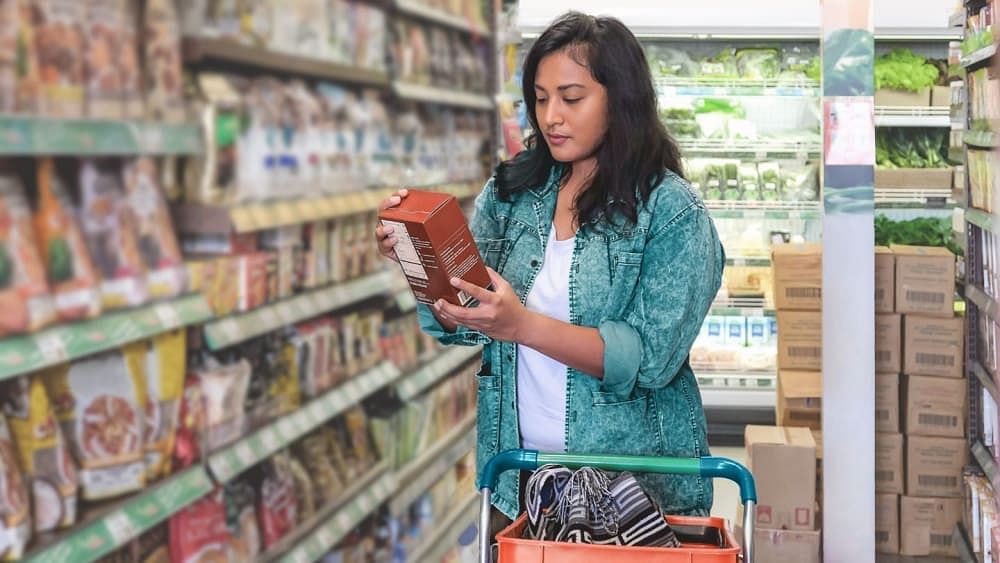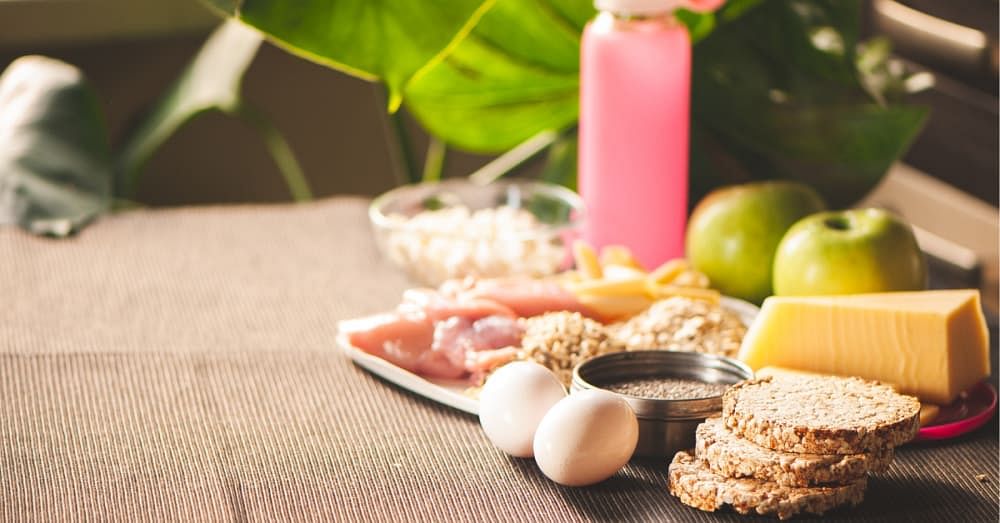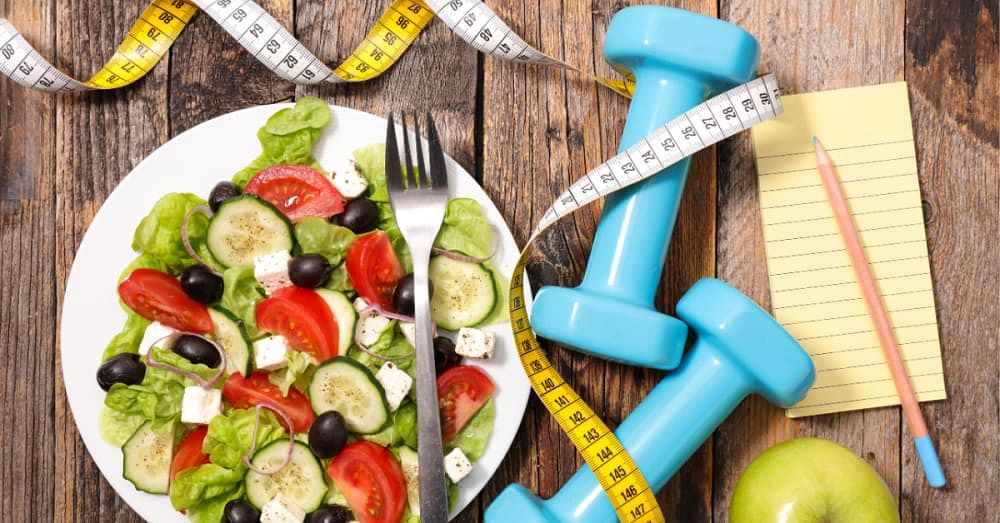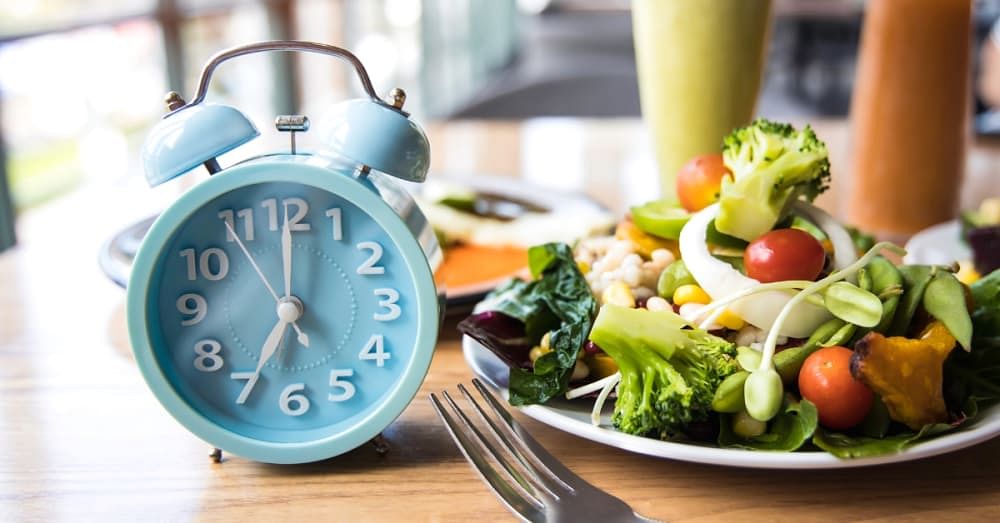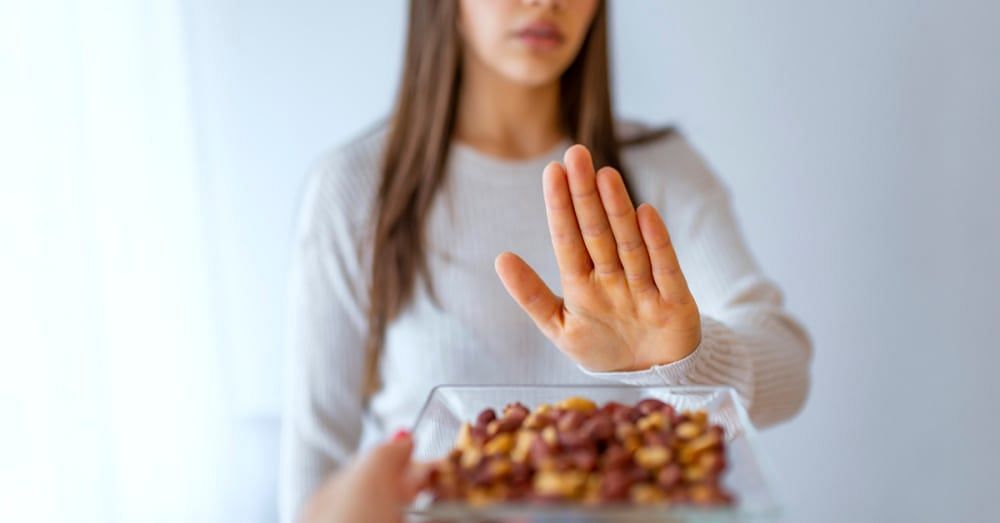Usually premenstrual swelling and tenderness of both breasts occurs during the second half of the menstrual cycle.
There are 2 main types of Breast pain ( mastalgia ).
Cyclical breast pain
The pain is linked to menstrual periods or the breast pain before periods. It could also include sore nipples before periods.
Noncyclic breast pain
The pain may come from the breast. Or it may come from somewhere else, such as the nearby muscles or joints, and may be felt in the breast as well.
Talking About Cyclical breast pain, the most common type of breast pain is linked to the menstrual cycle. It is nearly always hormonal. Some women begin to have pain around the time of ovulation.
The pain continues until the start of their menstrual cycle. The pain may also be barely noticeable. Or it may be so severe that you can’t wear tight-fitting clothing or handle close contact of any kind. The pain may be felt in only one breast too. Or it may be felt as a radiating feeling in your underarms.
Hormones may not provide the total answer to cyclical breast pain. That’s because the pain is often more severe in one breast than in the other. Hormones would tend to affect both breasts equally.
Many researchers believe that the answer may be a combination of hormonal activity and something in the breast that responds to this activity. More research is needed.
Breast pain may also occur around the time of ovulation, which is when an ovary releases an egg for potential fertilization.
It usually takes place 12 to 14 days before a person has their period. However, hormones may not be the only cause of sore breasts before a period.
It is possible that other changes in the body can cause breast pain around the time of menstruation. Another explanation is that the cells in each breast respond differently to fluctuating hormone levels.
So What Causes Cyclical Breast pain?
It is thought that women with cyclical breast pain have breast tissue which is more sensitive than usual, when compared to normal hormonal changes that occur each month. It is not due to any hormone diseases or to any problem in the breast itself. It is not related to any other breast conditions. However, although it is not serious, it can be a nuisance.
These are certain symptoms of cyclical breast pain:
Cyclical breast pain is typically experienced at a certain time in each menstrual cycle, and with certain symptoms:
- Breast pain is experienced 5 -10 days leading up to the start of a period, that goes away after the period starts.
- Breast tenderness and heaviness, but the pain can also feel sharp or shooting.
- Breasts that feel swollen or lumpy in the days before your period starts.
Women with PCOS, and unpredictable periods become synonymous over time. This means the chances of breast pain before a period can be untimely. In this situation, you can always choose a natural method. What is it? Something as simple as a Banana.
Breast pain can sometimes be severe enough to impact physical activity and sex. Some people also report breast pain interfering with school, work, and sleep, even though this is less common.
Treatment for breast pain during premenstrual
The question may arise in your mind, “How do I relieve sore breasts?” No treatment may be needed if the symptoms are mild. Many women are reassured by knowing that cyclical breast pain is not a symptom of cancer or a serious breast disease.
The problem may settle by itself within 3-6 months. However, in up to 6 in 10 women where the pain has subsided, it develops again within a few years time. So, in other words, cyclical breast pain may come and go over the years. If the pain is more severe, or for the times when it may flare up worse than usual, treatment options include the following:
Support your breasts to reduce breast pain
Wear a well-supporting bra when you have pain. It may be worthwhile having a bra fitted for you, as many women actually wear the wrong size of bra. Some women find that wearing a supporting bra 24 hours a day for the week before a period is helpful. It is best to avoid underwired bras. Wear a sports bra when you exercise. A soft bra at night may help you sleep more comfortably.
Take Painkillers if your breast pain is severe
Take painkillers and anti-inflammatory painkillers for example, paracetamol or ibuprofen. Take regularly on the days when the breasts are painful.
Rub-ons (topical) for breast pain
Non-steroidal anti-inflammatory drugs (NSAIDs) for example, topical diclofenac or topical ibuprofen. You can buy various topical NSAIDs or obtain them on prescription. Topical NSAIDs have been shown to help relieve cyclical breast pain. Also, treatment for cyclical breast pain will depend on your symptoms, age, and general health. It depends on how severe the condition is. Treatments vary greatly and may include staying away from caffeine and taking vitamin E supplements and the like.
Home remedies for breast pain
Some home remedies for breast pain before periods include applying cold compress to your breasts and performing meditation and attempting to relax.
Here are some home care remedies to reduce breast pain:
- Eat a lower fat diet.
- Avoid caffeine (coffee, tea,and chocolate).
- Avoid salt 1 to 2 weeks before your period starts.
- Get vigorous exercise every day.
- Wear a well-fitting bra day and night to provide good breast support.
What is non-cyclical breast pain?
This is a type of mastalgia that is largely unaffected by and does not vary with the onset of your menstrual cycle. It can be either continuous, or intermittent, both.
Who suffers from non-cyclical breast pain?
Mainly those women who are in their 40’s and 50’s years of age.
What causes non-cyclical breast pains?
While cyclical breast pains may be induced by your hormones, non-cyclical breast pain is fairly uncommon, occurring due to either an illness, an injury, certain medications, weight gain, or breast surgery. Even arthritis of the spine and ribs may lead to non-cyclical breast pains, along with any muscle strains in the area.
How to differentiate between your aches and pains?
When should you be worried? For example, if there is a pain in your left breast, it could be linked to a heart disease. The chances are slim, but it is best to get it checked by a professional. Even cardiac symptoms among women are more vague and subtle when compared to those of men. They can even be mistaken as breast pains.
On the other hand, if you experience breast pain after ovulation, it means you're not pregnant.
Treatment for non-cyclical breast pains
Topical, anti-inflammatory creams are your best bet, in the case of non-cyclical breast pains. Why are topical creams better than taking drugs and medications orally? They don’t upset your stomach and interfere in digestive processes like oral ones do.
In a few cases, it so happens that breast pain and tender breasts are exceedingly severe and do not subside. When in this situation, the option of a mastectomy or the removal of a breast is always available.
However, expert research conducted on the topic points towards the fact that in about 50% of cases, such procedures do not improve pain. And that’s just the beginning. The complications and pain arising from reconstructive surgery is an all new battle.
Statistics show that 1 in every 8 women grapple with breast cancer. Hence, it is natural that symptoms, aches and pains related to the chest area cause considerable anxiety. In this case, please speak to a doctor or medical professional without hesitation.
